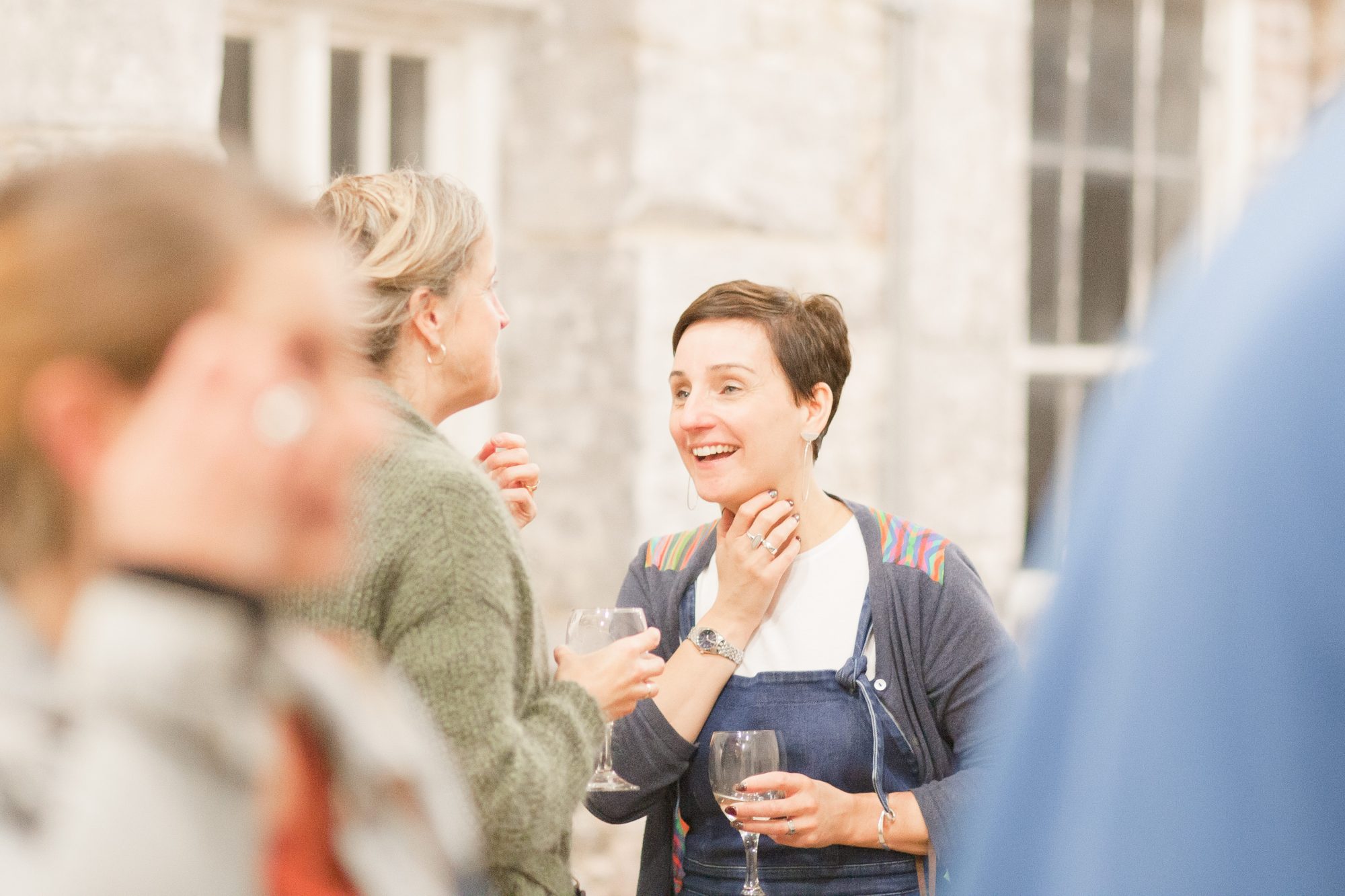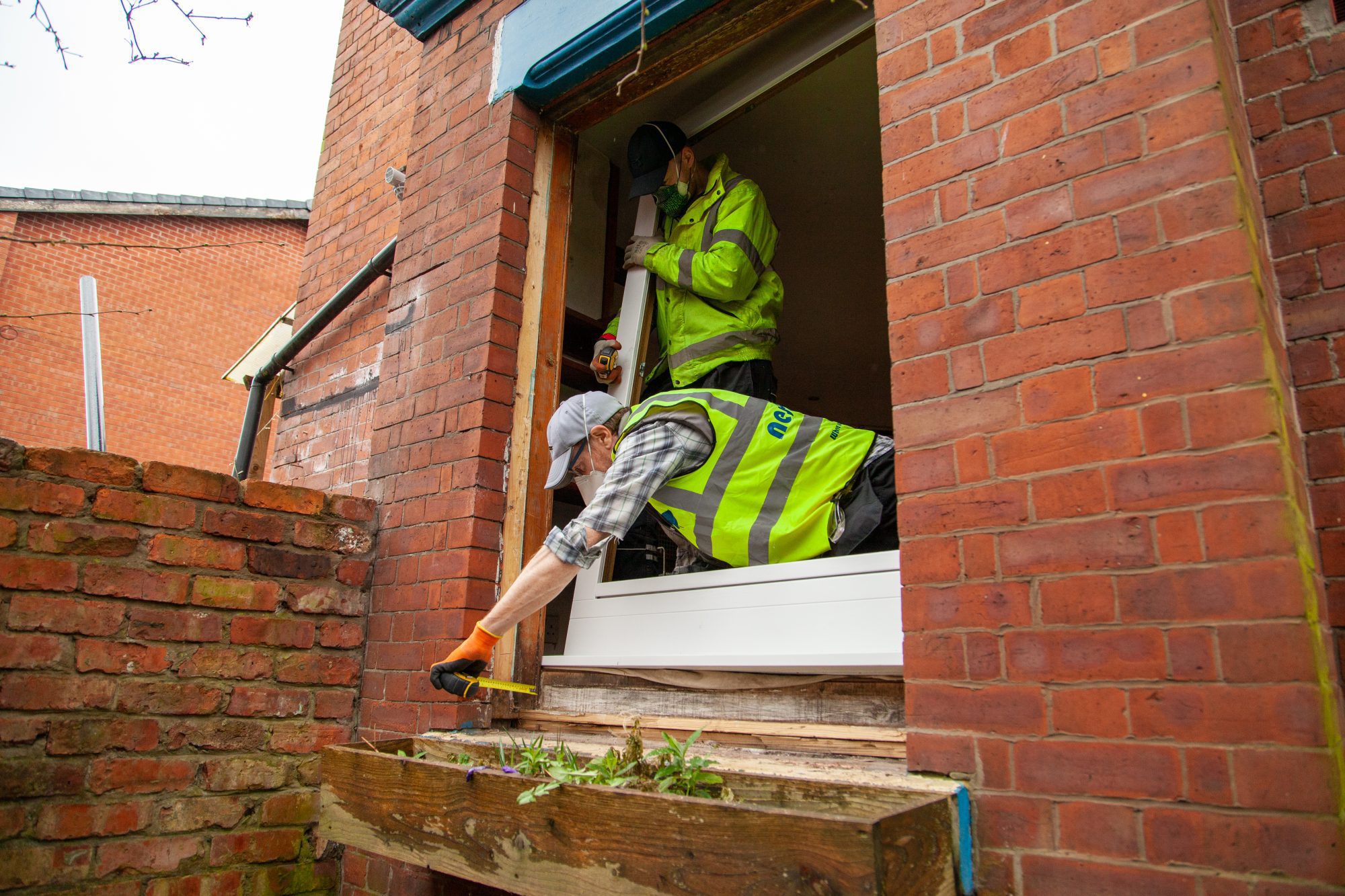
Josh Westerling
Policy Manager
I’d like to have a place to go in the day and in the evening where I can mingle with other people and chat to them if I’d like, without breaking the bank. Not just in my community, but in places that need long-term investment. Wherever I live, and whatever the background of the people who live there, trust is essential for a place to work and that feels like home. So we should expect government at all levels to encourage people of different backgrounds to meet, promote shared values, and help everyone to speak English well.
I’d like to own a stake in my local pub and have the power to do something about it when it’s at risk of being shut down. I’ve felt that pang of lost memories when your favourite haunt closes its doors. It’d be nice not to feel it again. But we can only put something back into our community when we have the time to do so, and as a society we should value that and put backing behind it.
I’d like to see institutions in my local area that I know that will be there long after I’m gone, making that place better, seizing new opportunities and rising to new challenges. Those that came before us formed trade unions, social clubs, and sports teams. We too can plant the seeds today knowing that the shade of strong and empowered communities may only be cast on people we do not know or are not yet born.
Yet, if the work has been done, it would be a community I would like to live in – one where our lives are intertwined in what we share.
Making this vision a reality
This could be a community we can all live in, because it didn’t used to be this way. Many tight knit communities have been fractured due to decades of underinvestment and hollowing out. There are places in the country that lack the human, organisational, and social capital to tackle problems in their community. The disappearance of communal spaces to meet and gather has made it difficult for people to connect with those different from them.
This is why community cohesion matters. But to do this well, communities also need to be empowered to have control over their local area and key decisions. Community-led organisations need to be supported to take charge of local growth and bringing people together – something they’re perfectly primed to do.
Government must be a part of supporting this. That’s why we’ve outlined a communities strategy that puts communities in the lead. One that reflects the importance of places to meet with people in your community. And shows the impact support from all levels of government can have on community cohesion and empowerment.



